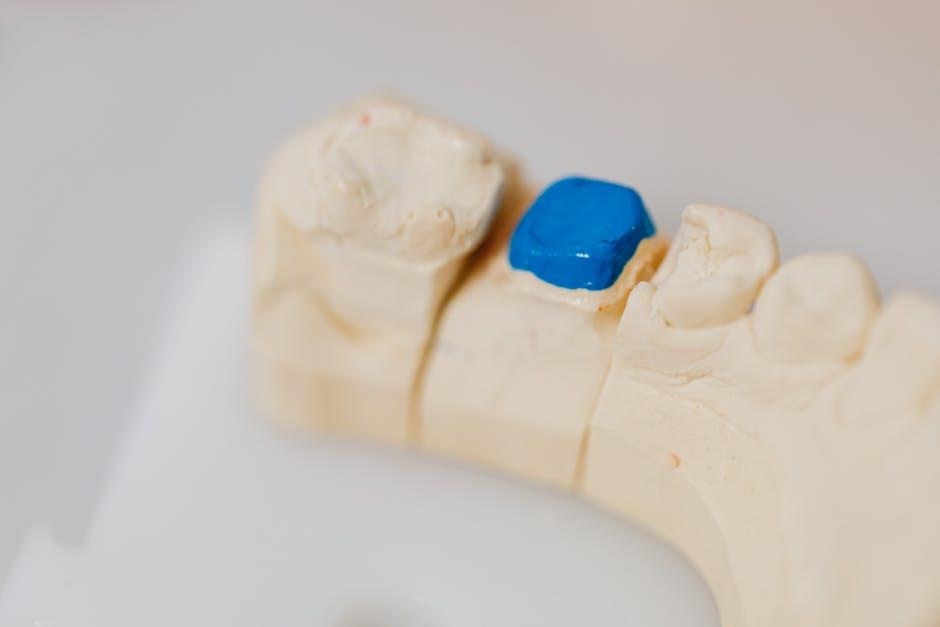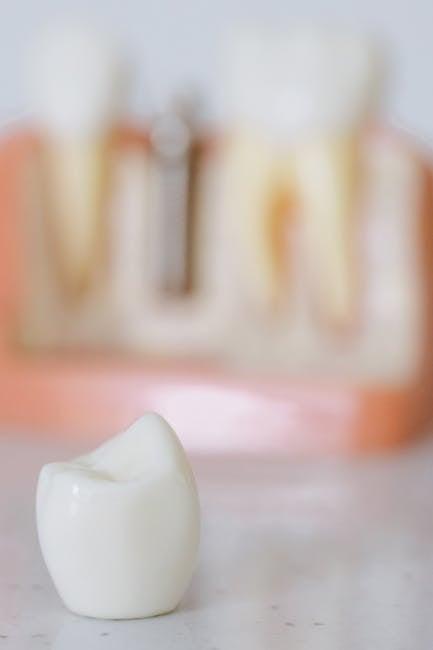
Dental Simulator Market Generated Opportunities and Future Scope
The dental industry is witnessing a technological revolution with the rise of dental simulators. These innovative tools are transforming dental education and clinical training, presenting a myriad of opportunities for practitioners, educational institutions, and medical device manufacturers. In this comprehensive article, we will explore the Dental Simulator Market, analyze the generated opportunities, and discuss the promising future scope that lies ahead. Whether you are a dental professional, educator, or industry stakeholder, understanding this dynamic market is crucial for capitalizing on new advancements.
What Are Dental Simulators?
Dental simulators are advanced training devices that mimic real-life oral conditions through virtual reality (VR), augmented reality (AR), or haptic feedback systems. They provide dental students and professionals a safe, controlled environment to practice various procedures such as cavity preparation, crown placement, and orthodontic adjustments without risks to patients.
- Virtual Reality (VR) Simulators: Immersive, computer-generated environments where users perform dental tasks.
- Haptic Simulators: Provide tactile feedback, ensuring realistic sensation of dental tools and tissues.
- Augmented Reality (AR) Simulators: Overlay digital information on real objects to assist in training and diagnosis.
Market Overview: Growth Drivers in the Dental Simulator Market
The global dental simulator market is forecasted to witness substantial growth over the next decade. Several key factors are driving this momentum:
- Growing demand for quality dental education: Increasing enrollment in dental schools worldwide boosts the need for simulation-based training.
- Technological advancements: Innovations in VR, AR, and haptic technology make simulators more realistic and accessible.
- Rising dental health awareness: Patients seeking advanced treatment encourage dental professionals to enhance skills through simulators.
- Cost-effectiveness: Simulators reduce material wastage and patient chair-time during training, leading to substantial cost savings.
- Government initiatives and funding: Policies supporting modern dental education and healthcare infrastructure push adoption.
Generated Opportunities in the Dental Simulator Market
The integration of dental simulators presents multiple promising opportunities that span different stakeholder groups. Let’s break down these opportunities:
1. Enhanced Dental Education & Training
Training with dental simulators enhances skill acquisition, reduces errors, and accelerates learning for students and new dentists. Simulators enable repeated practice of complex procedures, which is often limited in traditional clinical environments.
2. Expansion in Emerging Markets
Emerging dental schools and clinics, especially in Asia-Pacific, Latin America, and Africa, are investing in simulation technology to upgrade education quality. This creates vast market potential outside traditional Western hubs.
3. Research and Development
With growing usage, new research avenues are opening for refinement of dental simulation accuracy, software integration, and ergonomic design. Companies investing in R&D can gain competitive advantages.
4. Collaboration and Partnerships
Manufacturers, academic institutions, and software developers have ample scope to collaborate on customized simulator solutions aimed at niche dental specialties.
5. Tele-dentistry and Remote Learning
Simulation platforms enable remote learning capabilities, essential for continuing education during situations like the COVID-19 pandemic, thereby expanding market reach.
Benefits of Using Dental Simulators in Education and Practice
| Benefit | Description |
|---|---|
| Risk-Free Environment | Allows learners to practice without any risk of harming patients. |
| Improved Skill Retention | Repetitive practice enhances muscle memory and precision. |
| Instant Feedback | Simulators provide immediate performance feedback, facilitating faster learning. |
| Cost-Efficiency | Reduces need for consumables and physical models, lowering training costs. |
| Customization & Specialty Training | Simulators can be tailored to specific dental applications like endodontics, prosthodontics, and orthodontics. |
Future Scope of Dental Simulators
The future of dental simulators looks bright, with emerging trends promising greater innovations and wider adoption:
1. Integration of Artificial Intelligence (AI)
AI algorithms will soon enhance simulator capabilities by providing personalized training modules, error detection, and predictive analytics to identify skill gaps early on.
2. Cloud-Based Platforms
Cloud connectivity will enable users to access simulators remotely, share performance data with instructors, and collaborate globally, enriching the learning ecosystem.
3. Multi-Sensory Feedback Systems
Next-gen simulators will incorporate not just haptic feedback but also visual, auditory, and even olfactory cues to create fully immersive training experiences.
4. Affordable and Portable Simulators
Miniaturization and cost reduction will make dental simulators more accessible to smaller clinics, rural areas, and individual practitioners.
5. Expanded Use Cases
Besides training, simulators will be used for pre-operative planning, patient education, and skill certification, broadening market applications.
Practical Tips for Choosing the Right Dental Simulator
- Assess Training Needs: Identify specific procedures and skills to be trained before selecting a simulator model.
- Evaluate Technology: Compare VR, AR, and haptic feedback technologies based on realism and learning objectives.
- Consider Budget Constraints: Balance features with cost-effectiveness; look for modular systems to scale over time.
- User-Friendliness: Choose simulators with intuitive interfaces to minimize learning curve.
- Technical Support and Updates: Opt for providers offering continuous software updates and responsive customer service.
Case Study: Successful Integration of Dental Simulators at a Leading University
University of Health Sciences, USA, integrated a VR-based dental simulator into their curriculum in 2022. The results included:
- A 30% reduction in procedural errors among first-year students.
- Improved student confidence and satisfaction ratings by 25%.
- Significant savings in material use and clinical chair time.
This case highlights the tangible benefits and potential market demand for simulator-based dental education solutions.
Conclusion
The Dental Simulator Market is poised for significant growth, driven by technological innovations, increasing emphasis on quality dental education, and evolving healthcare needs worldwide. The opportunities generated by this market extend beyond training to research, education, and clinical applications. As AI, cloud technology, and advanced sensory systems become mainstream, dental simulators will become an indispensable tool for dentists and educators alike.
For dental institutions, practitioners, and manufacturers looking to stay ahead, investing in dental simulators offers a future-ready pathway to enhanced training efficiency, better patient outcomes, and global education accessibility. Embracing these advancements today will secure a competitive edge in tomorrow’s dental landscape.


